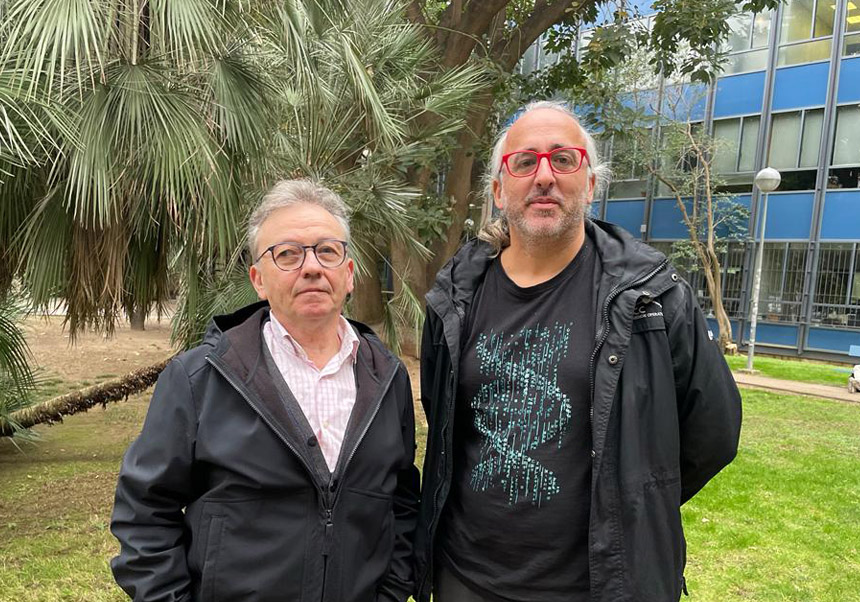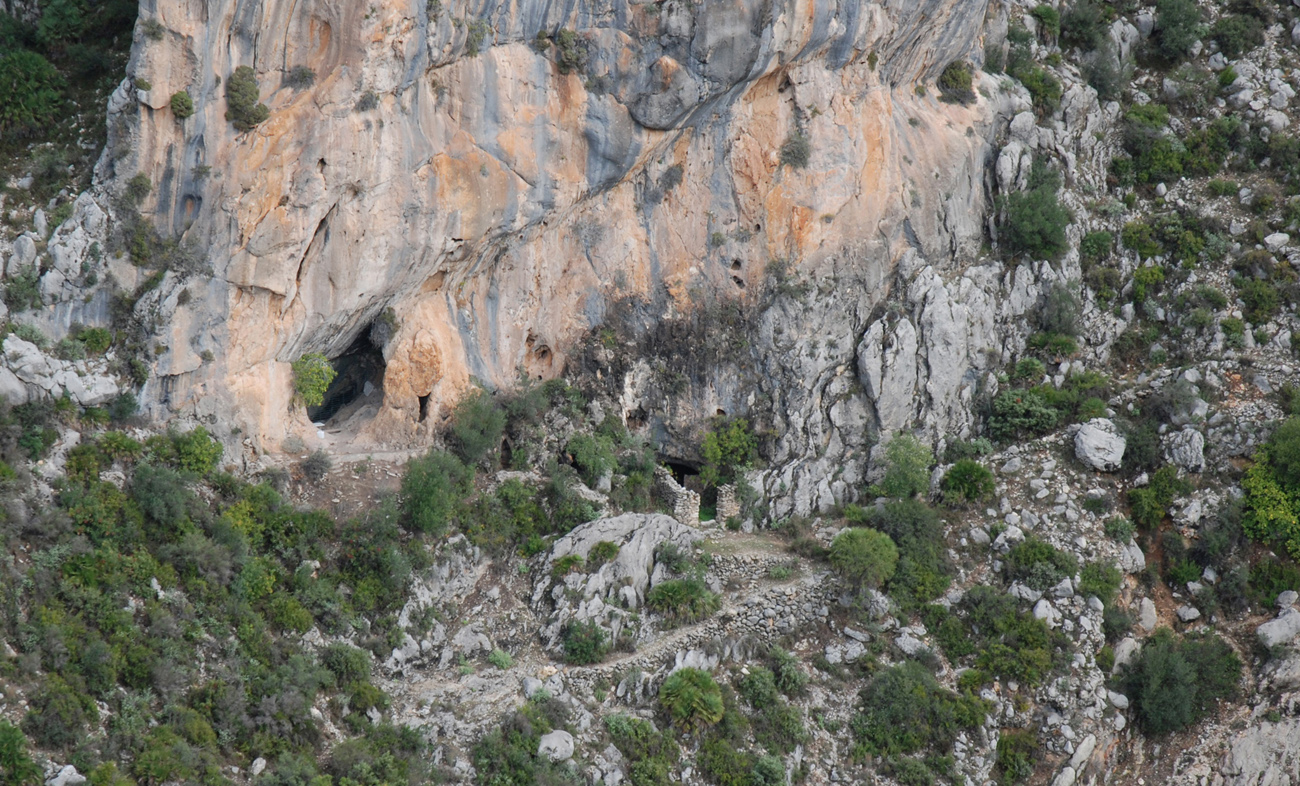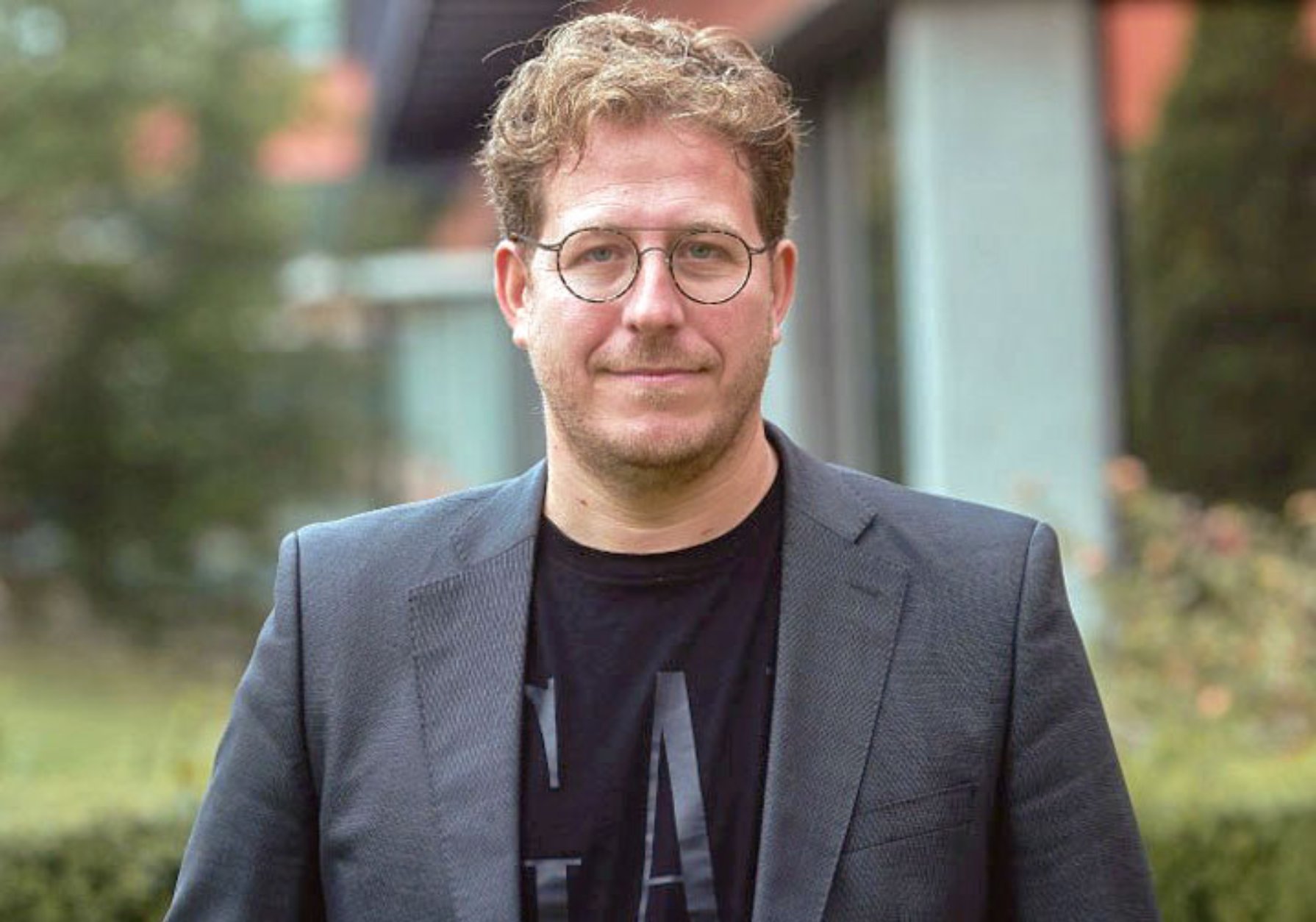A study shows great genetic differences of the European population in the Palaeolithic and Neolithic
- Scientific Culture and Innovation Unit
- January 11st, 2024

The University of Valencia (UV) participates in an international study published in Nature magazine and led by the University of Copenhaguen in which more than 1,600 ancient human genomes are analysed to shed unprecedented insights into the past human gene pools of western Eurasia (current Europe). In the study have participated J. Emili Aura Tortosa, researcher and UV full professor, and CIDEGENT researcher Domingo C. Salazar-García, both from the Department of Prehistory, Archaeology and Ancient History.
The study shows that genetic differences between ancient populations in western Eurasia were substantially higher than previously estimated, and also much higher than observed in present-day populations. This differentiation was partly because of the existence of an invisible genetic barrier across Europe. Archaeologists have long pointed to an apparent cultural barrier persisting throughout the Mesolithic and Neolithic from the Black Sea in the south to the Baltic Sea region in the north. Within this geographical region distinct cultural groups had different ways of life in terms of sourcing food, for example. By aligning archaeological knowledge with comprehensive ancient DNA analyses, the identification of this phenomenon of the Great Divide plays a key role in the study.
The genome of the Santa Maira caves published in this work is 9,500 years old and has been obtained from a dental remains of the hunter-gatherer-fishermen who lived between the coast and the mid-mountain of the current central Valencian regions. The sequence indicates relationships with the prehistoric hunting populations of Western Europe from the end of the Pleistocene and also preserves remains of an older ancestry, related to the beginnings of the Upper Palaeolithic. “These results rethink the discussion about the true scope of Iberia as a refuge during the Last Glacial Maximum, both in terms of population movements and its effects on social networks and cultural evolution processes”, highlight J. Emili Aura Tortosa. and Domingo C. Salazar-García.
“Archaeologically, we were well aware that some form of division existed throughout the Mesolithic and Neolithic periods”, recounts Kristian Kristiansen, Professor of Archaeology at the University of Gothenburg, Sweden, and Affiliate Professor at the Lundbeck Foundation Geogenetics Centre at the University of Copenhagen (UCPH). “We knew that people east of the Great Divide maintained complex societies of hunters, fishers, and gatherers, while people west of it gradually became farmers, right up until a watershed in the Bronze Age, around 4,000 years ago, when the Great Divide began to recede. However, what we didn’t know was whether there was genetic difference between the two groups living on either side of it. Now, the analyses of ancient bones and teeth have revealed that there was” explains Professor Kristiansen, one of the co-authors of Population Genomics.
In particular, this study provides many new insights into genetic diversity among hunter-fisher-gatherers in western Europe and east of this division. These population structures were changing and the genetic diversity dropped when Anatolian farmers expanded into Europe during the Neolithic and even more when the pastoralist Yamnaya herders spread throughout Europe by 5,000 BP. Morten Allentoft, evolutionary biologist and professor at Curtin University, Australia and Lundbeck Foundation Geogenetics Centre at UCPH, co-led the highly optimised workflow of collecting, sequencing and analysing the many samples of ancient DNA from prehistoric human skeletons reported. Professor Allentoft is first author of Population Genomics, which he and a number of other researchers started preparing more than a decade ago. Even in the preliminary phase it was clear that they faced a significant preservation challenge with these samples, being up to more than 11,000 years old.
“The ancient DNA in many of the samples was degraded in the extreme. But because we were able to draw on our experience and technological breakthroughs in terms of both sampling and extracting DNA from a similar major study on the Bronze Age, we were now able to go even further back in time and analyse more than 300 genomes dating back to the Mesolithic and Neolithic”, says Professor Allentoft. These data could then be combined with existing published data to build our amazing dataset of more than 1600 ancient human genomes.
In Valencia, this research is part of the Prometeo group Mediterranean Paleolithic Societies of the CIPROM 2021/036 Project, and the CIDEGENT/2019/061 project, both funded by the Valencian Government.
Article: Allentoft, M. E., Sikora, M., Refoyo-Martínez, A. et al. Population genomics of post-glacial western Eurasia. Nature 625, 301–311 (2024). https://doi.org/10.1038/s41586-023-06865-0
Annex photo captions:
Santa Maira caves, at Castell de Castells.
File in: Investigació a la UV , Producció científica , Grups de recerca , Prehistòria, Arqueologia i Història Antiga , Internacionalització recerca , Difusió i comunicació científica , Recerca, innovació i transferència



















